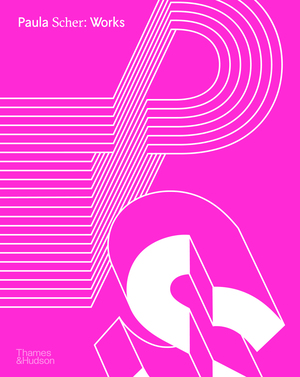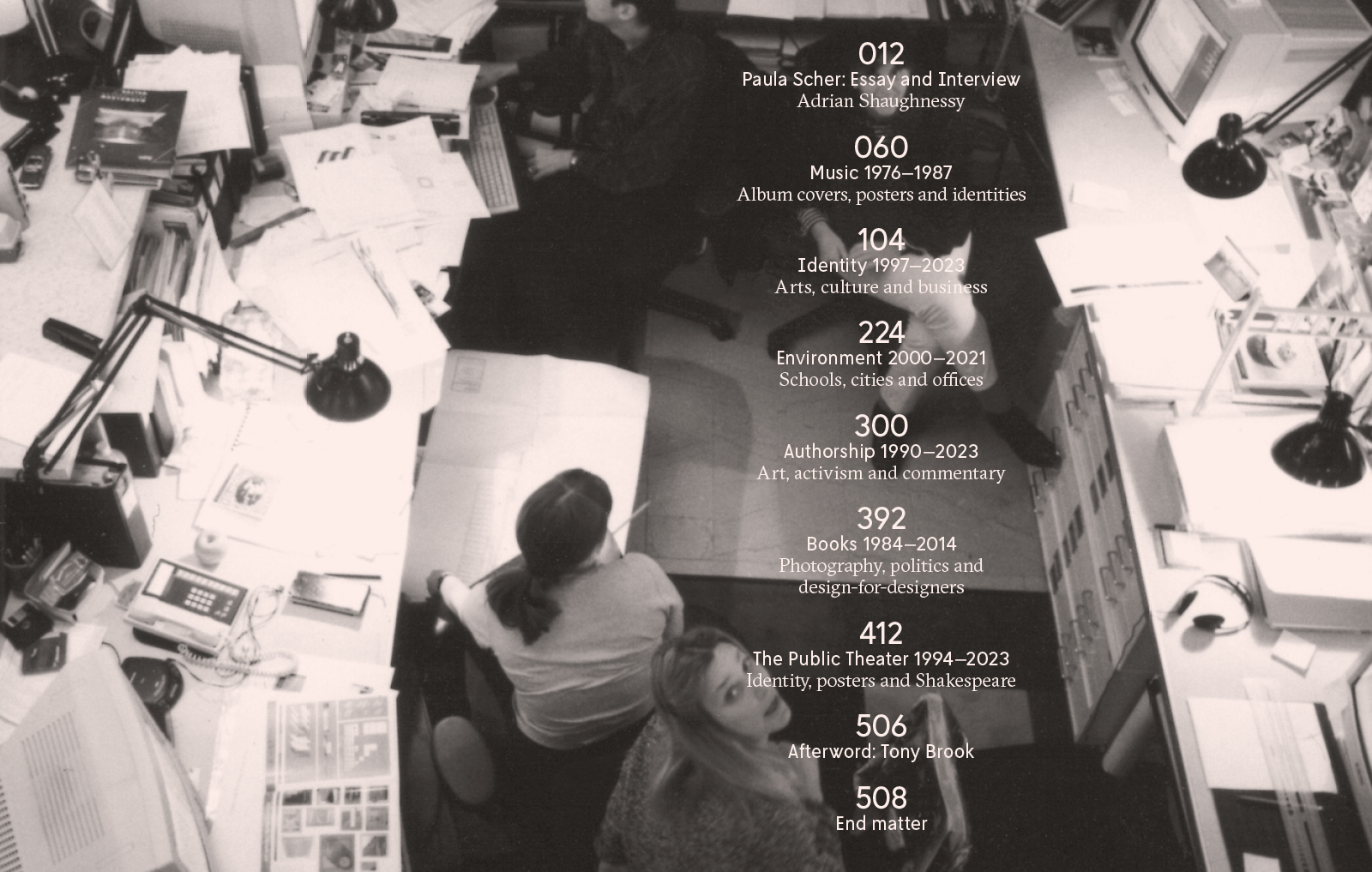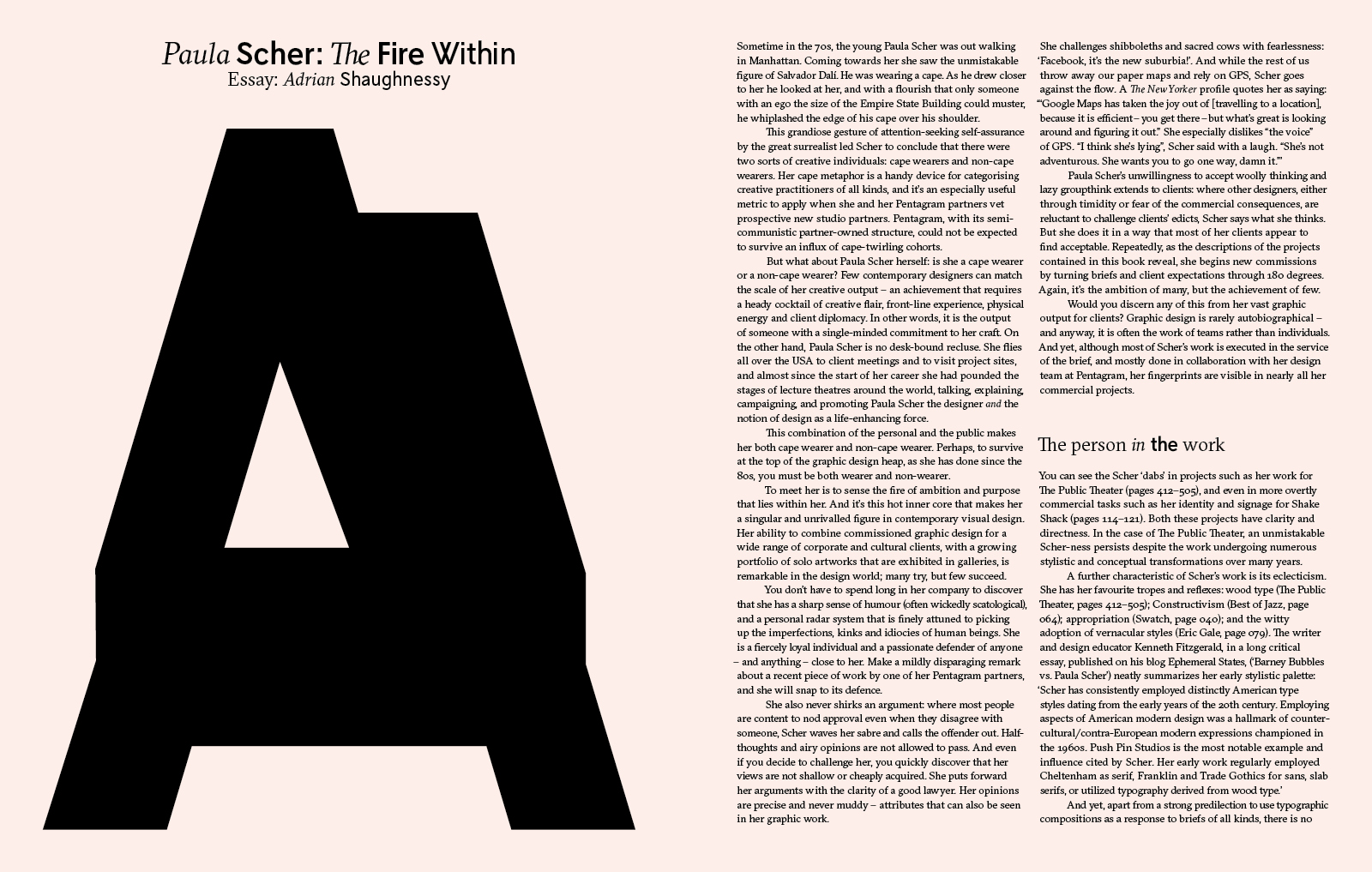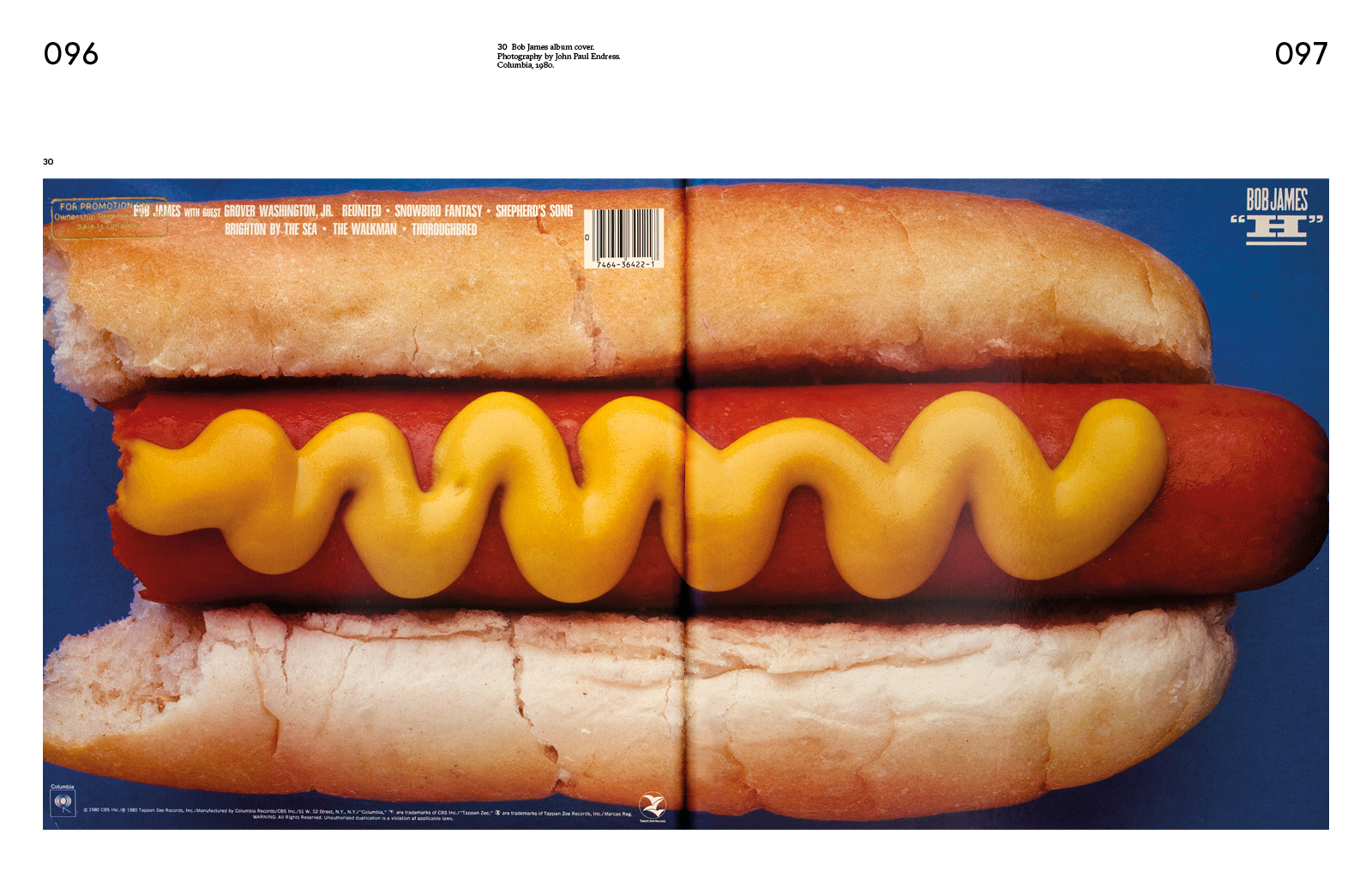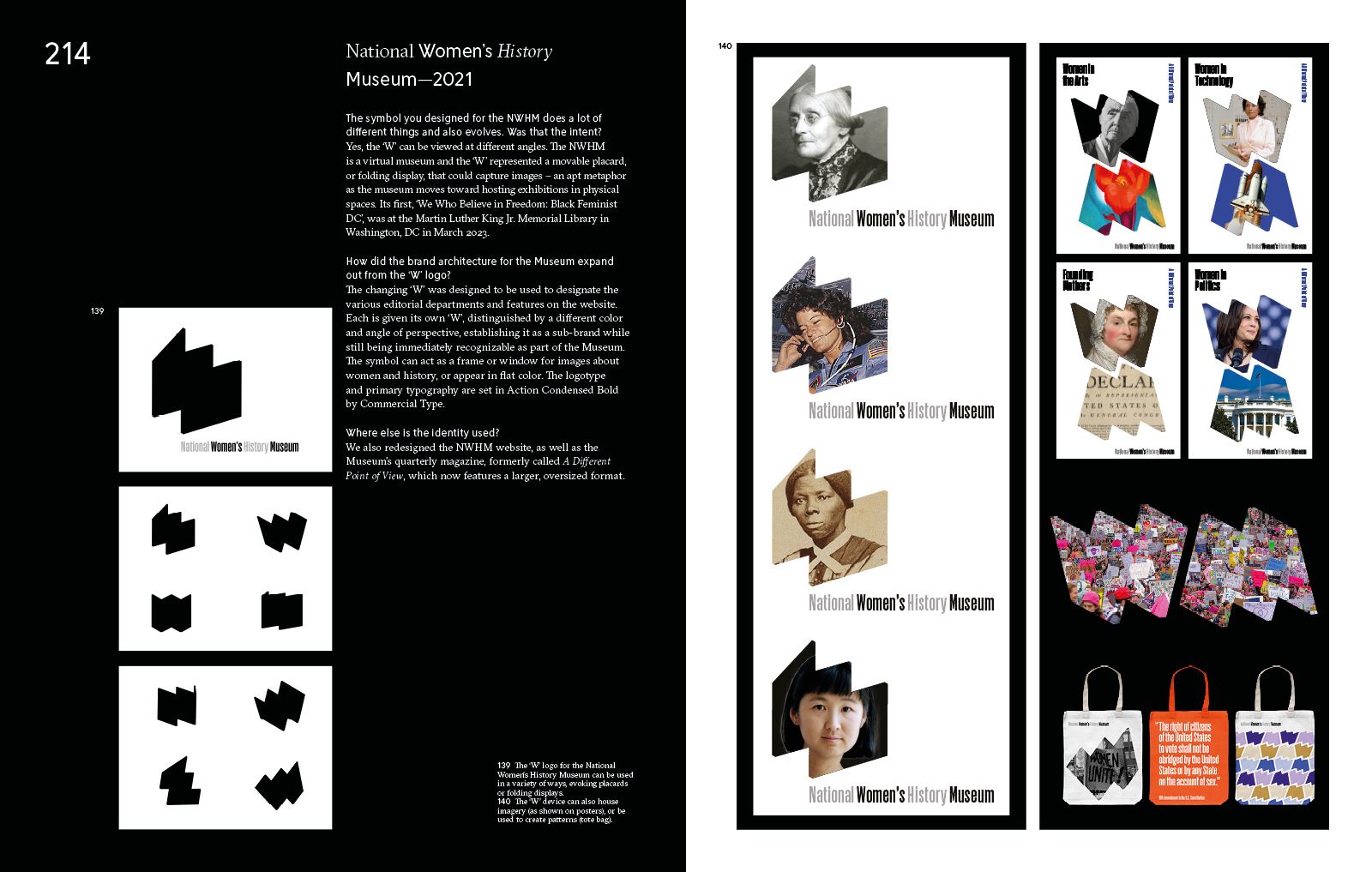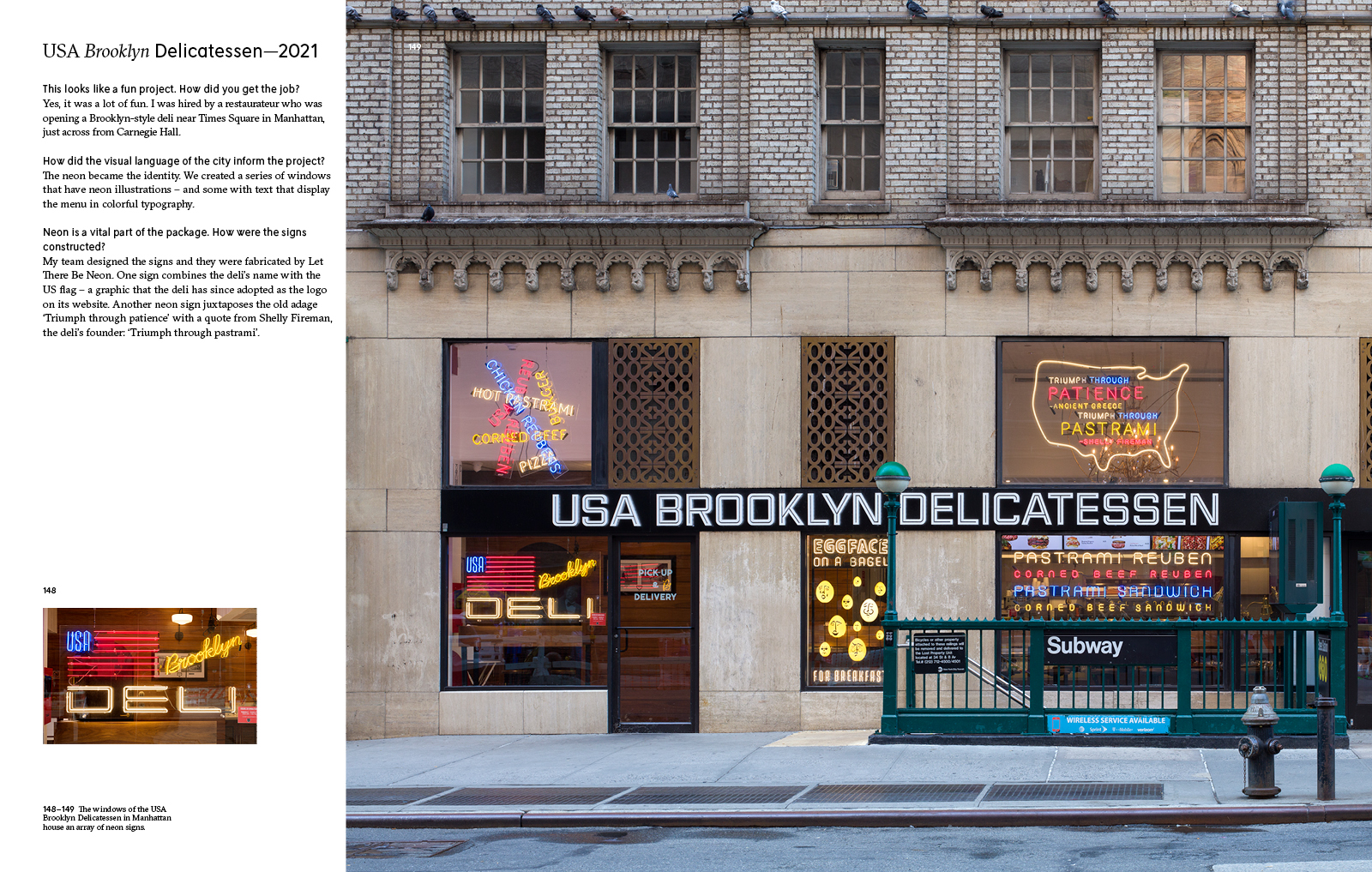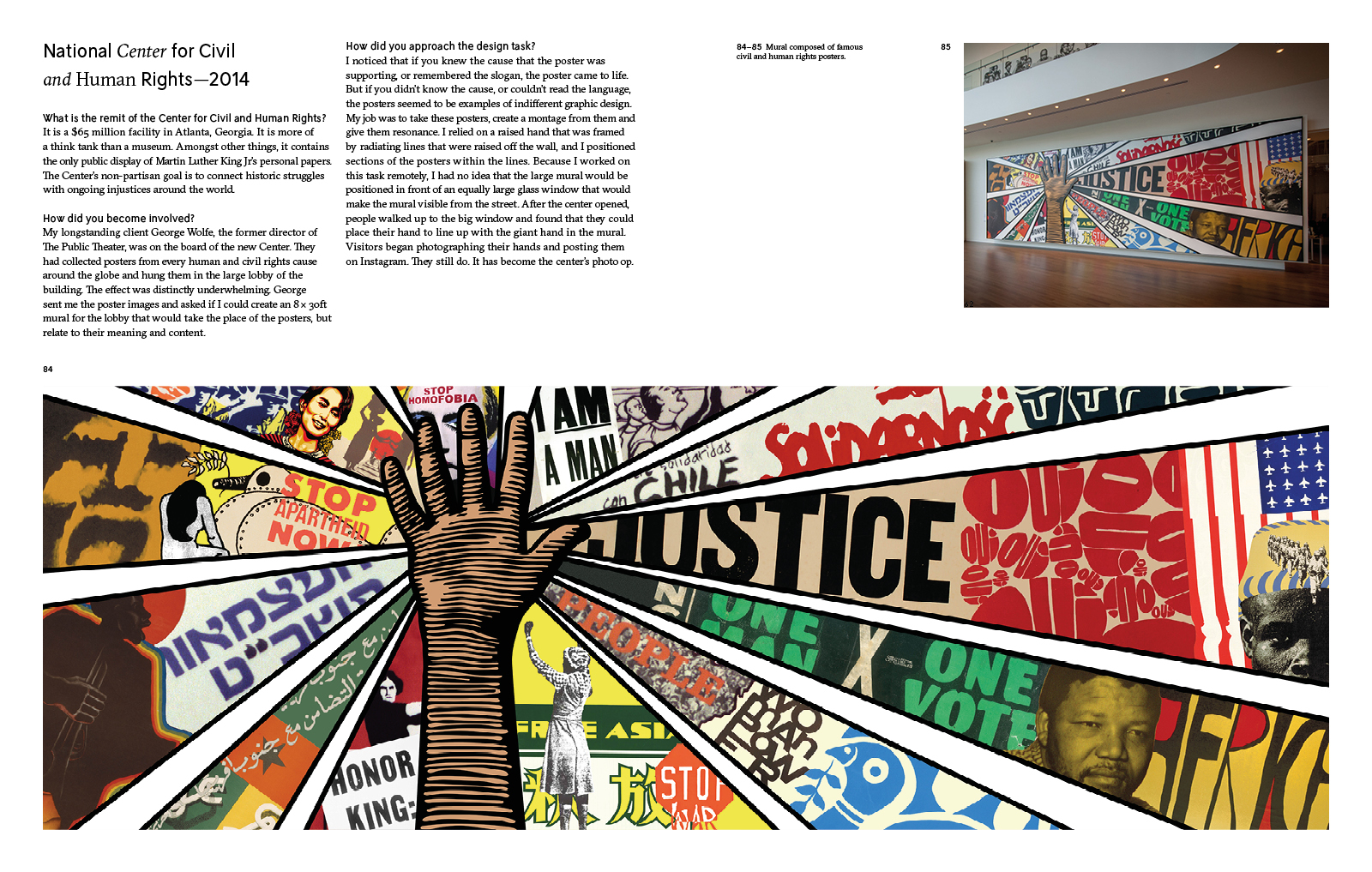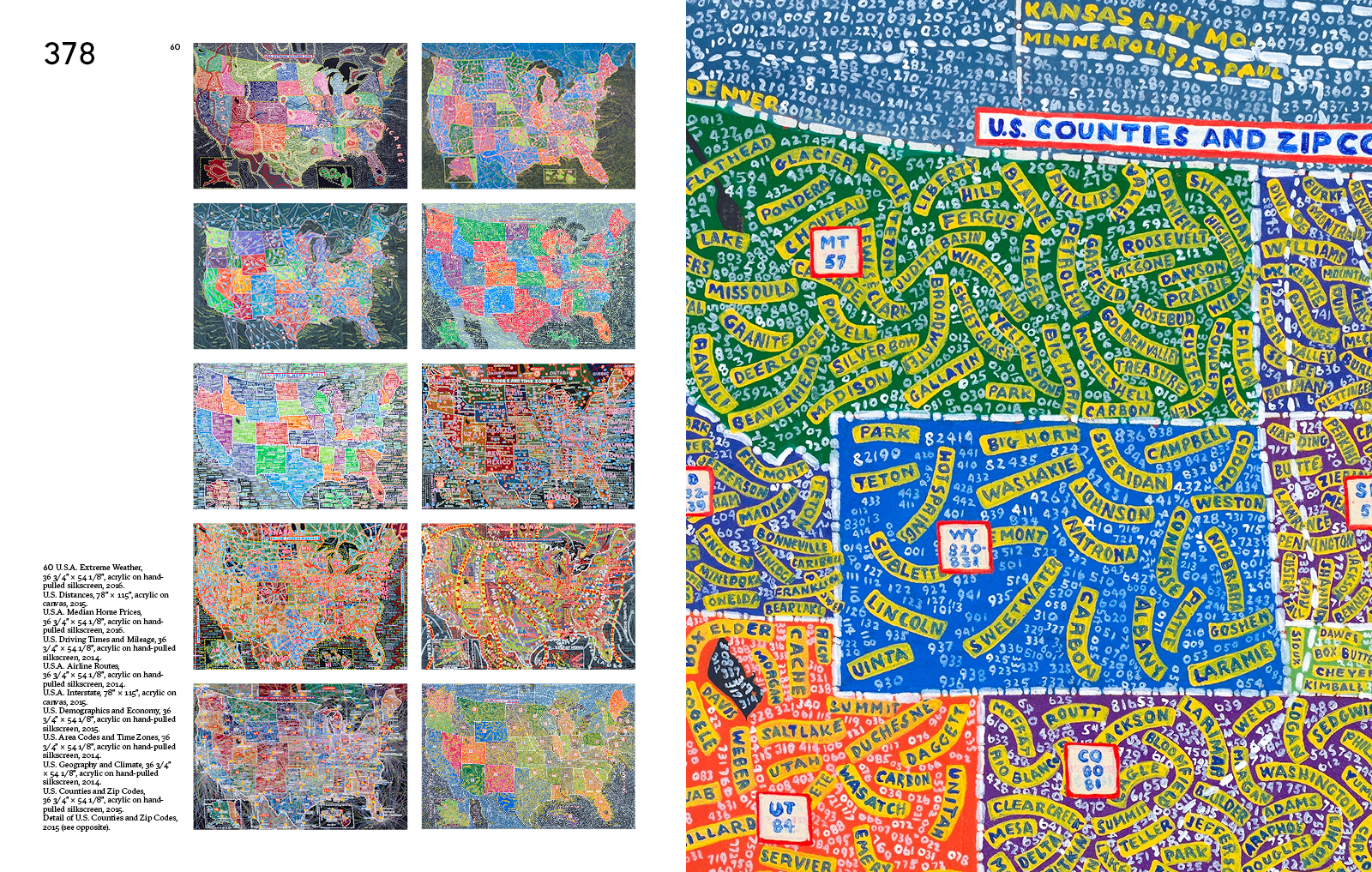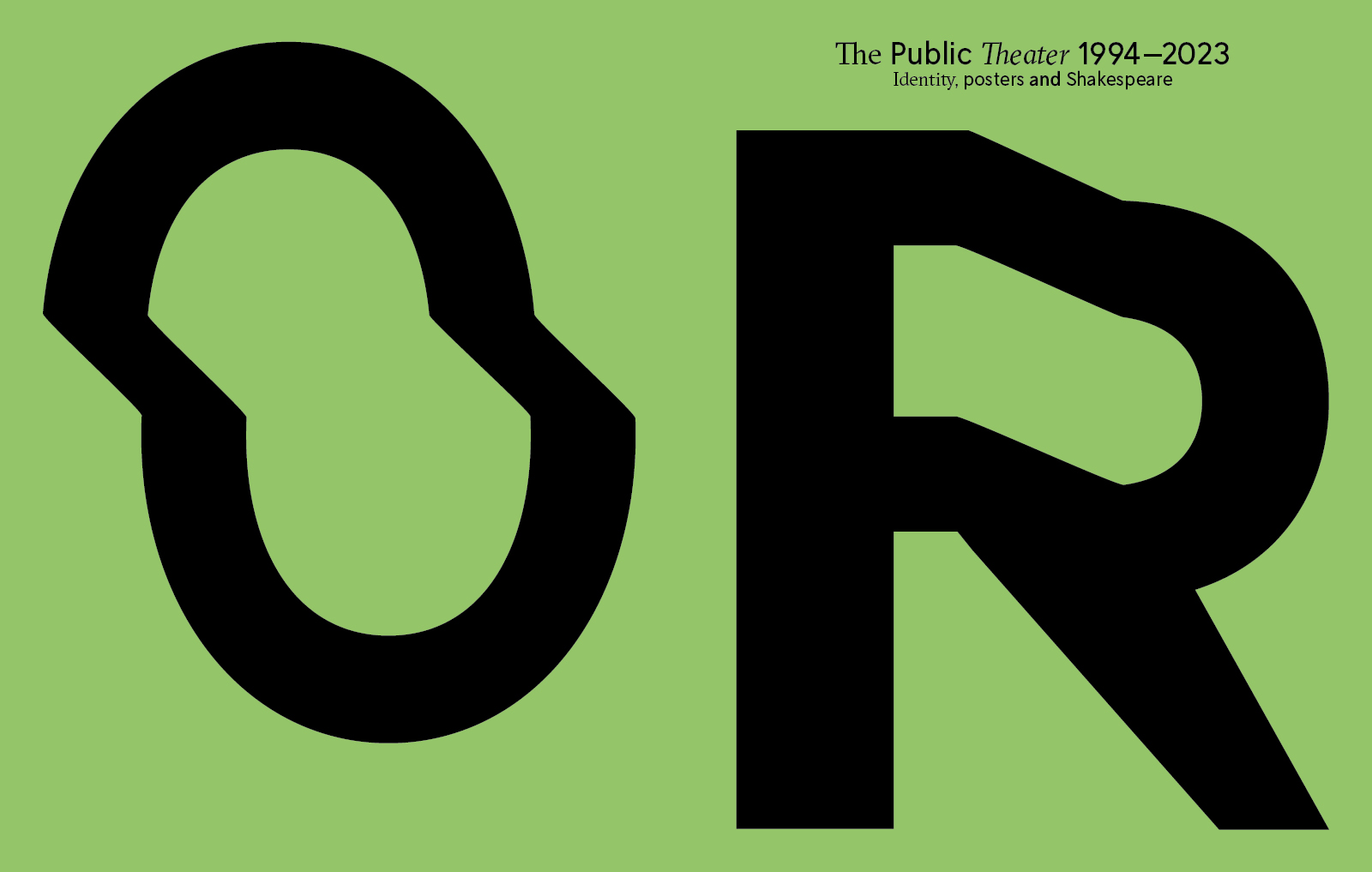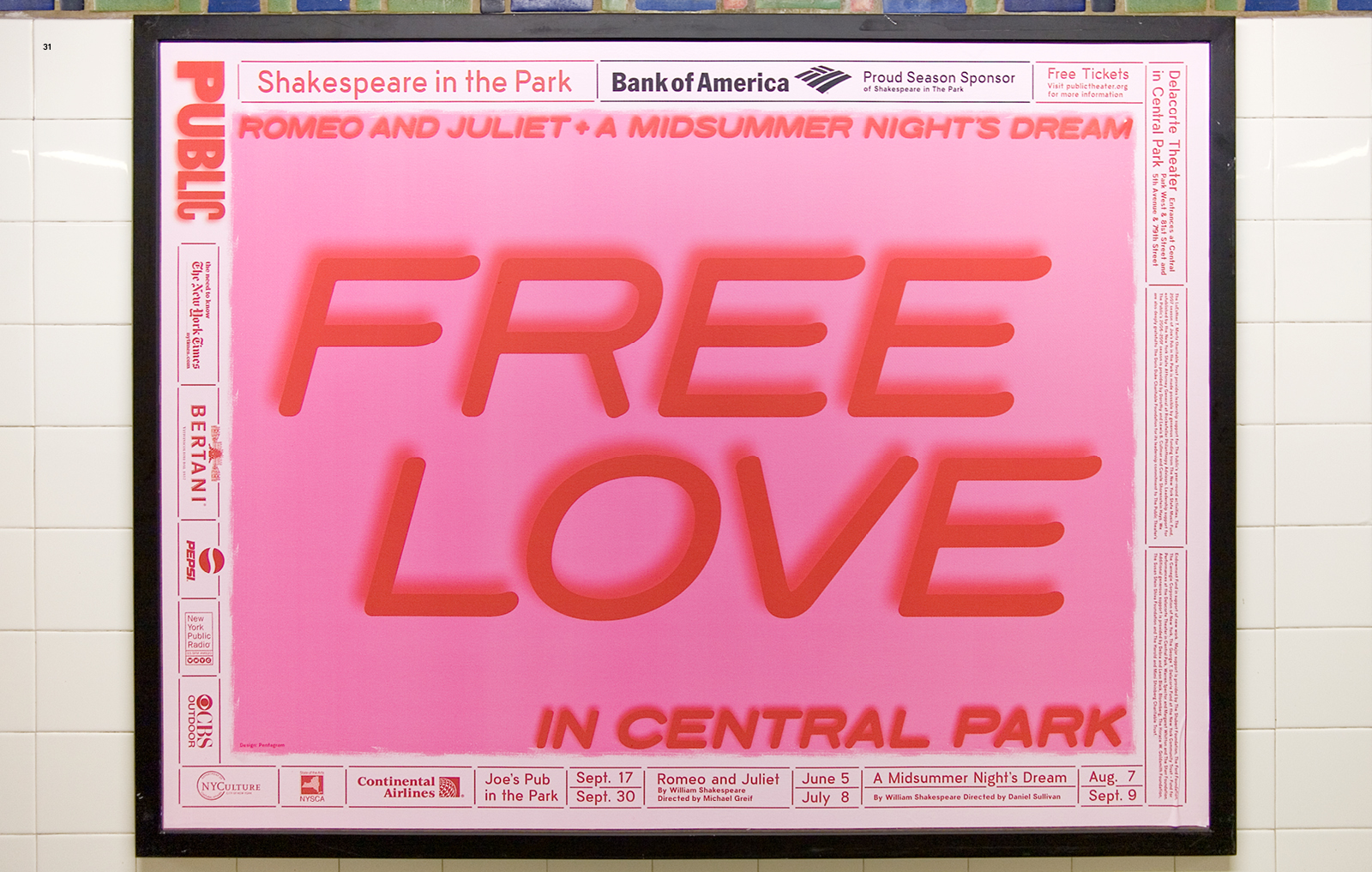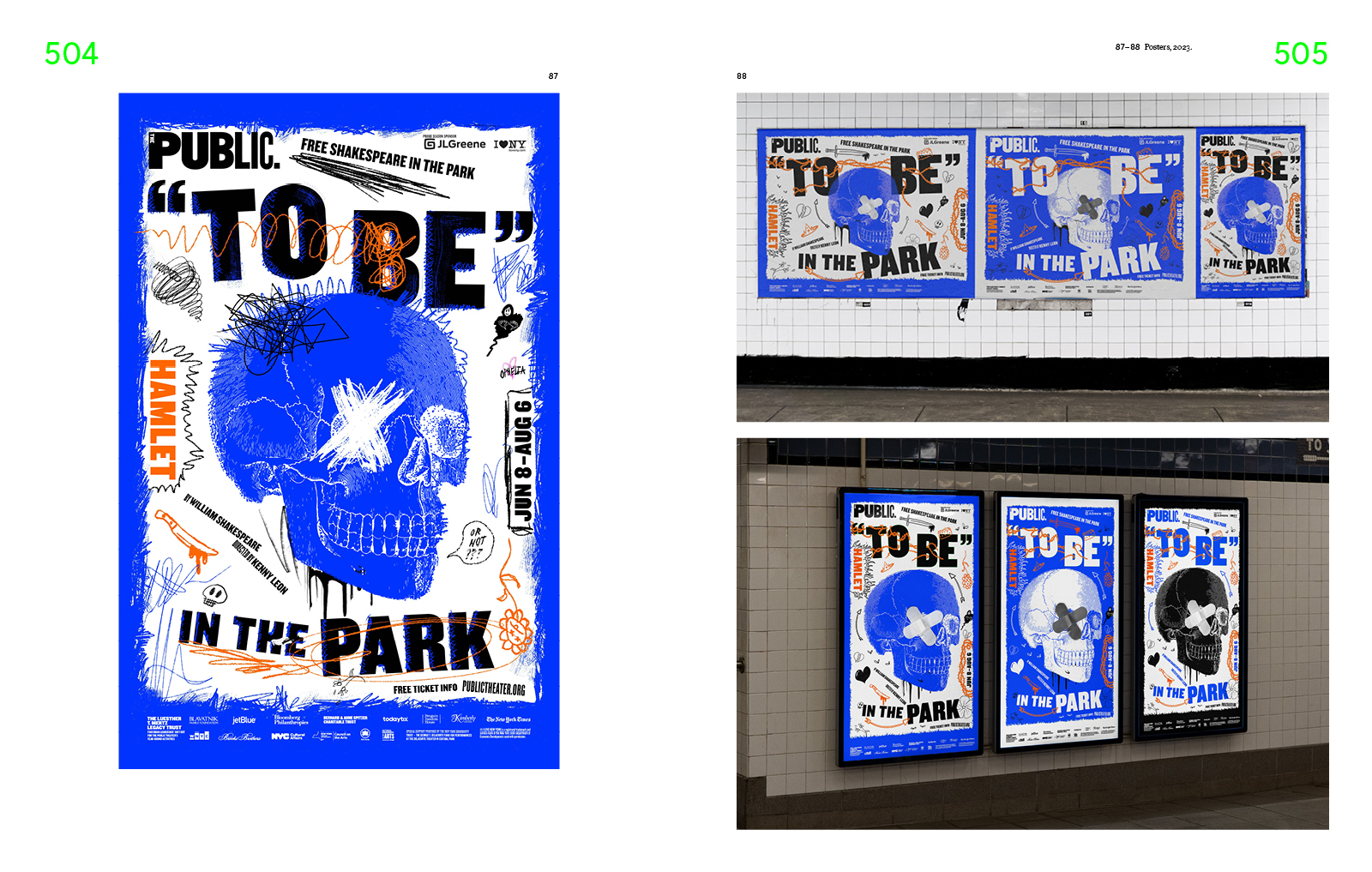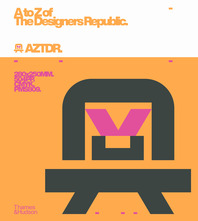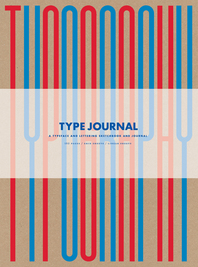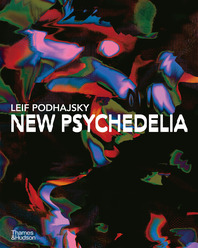Paula Scher: Works presents the most extensive monograph of Scher’s career to date, featuring over three hundred projects from her early days in the music industry as an art director with CBS and Atlantic Records; through the launch of her first studio, Koppel & Scher; to her decades-long engagement with Pentagram.
Coedited by Tony Brook and Adrian Shaughnessy, the book organizes Scher’s work chronologically into several thematic sections. It opens with a long interview with the designer, then moves into her record covers from the 1970s and '80s. Central chapters look at her innovative approach to identity design and environmental graphics and its impact on contemporary New York’s urban fabric—as seen in work for clients such as MoMA, Charter Schools, the High Line, and Shake Shack—as well as her logos for global corporations and cultural institutions.
A large section on authorship is devoted to the designer’s socially and politically motivated posters, New York Times Op-Ed illustrations, and campaign work. The book also provides the most up-to-date look at Scher’s idiosyncratic, hand-painted maps, a prolific artistic practice that complements her still-growing graphic legacy, as well as her longstanding collaboration with The Public Theater, which spans over twenty years.
Reviews
Paula Scher is the most influential woman graphic designer on the planet.
— Ellen Lupton Abstract: The Art of Design, Netflix
Contributors
Paula Scher
Author
Paula Scher is one of the most influential graphic designers in the world. Described as the “master conjurer of the instantly familiar,” Scher straddles the line between pop culture and fine art in her work. Iconic, smart, and accessible, her images have entered the American vernacular. Scher has been a partner in the New York office of Pentagram since 1991. She began her career as an art director in the 1970s and early '80s, when her eclectic approach to typography became highly influential. In the mid-1990s, her landmark identity for The Public Theater fused high and low into a wholly new symbology for cultural institutions, and her recent architectural collaborations have reimagined the urban landscape as a dynamic environment of dimensional graphic design. Her graphic identities for Citibank and Tiffany & Co. have become case studies for the contemporary regeneration of American brands.

